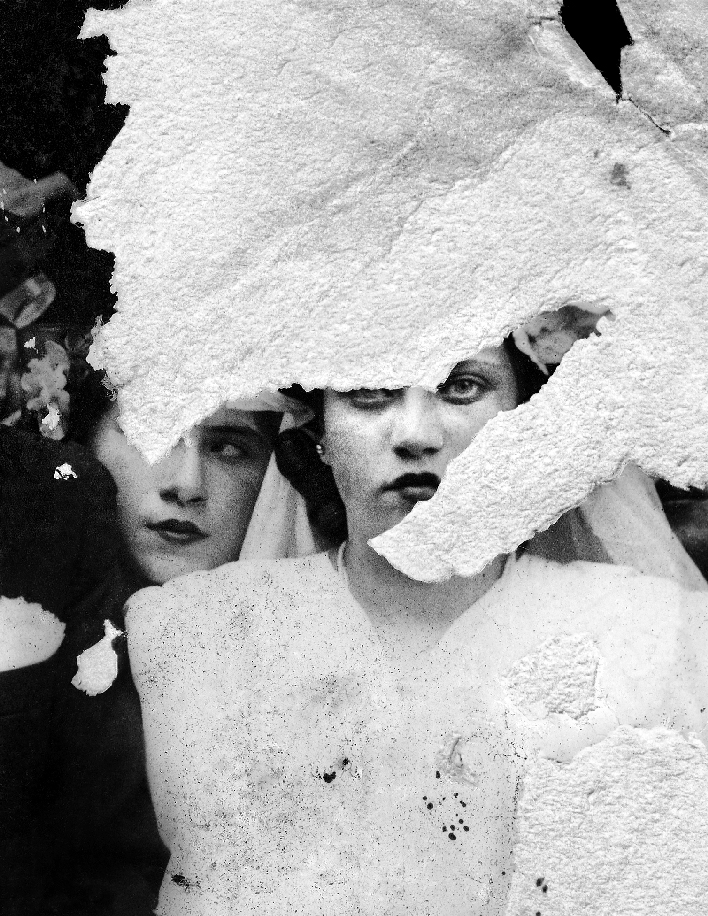edited by Luigi Fassi
from 9 November 2018 to 3 March 2019
The exhibition itinerary imagined by Dor Guez with “Sabir” includes a collection of archive documents, two video works and a new sound installation, produced and commissioned for the occasion by MAN.
The artist activates a wide-ranging reflection on the sense of belonging to a community, in relation to the great history and its upheavals: raised in Israel in a family in which Christian, Arab, Jewish and Palestinian elements are intertwined, Guez belongs to a minority within the minority in the state of Israel, that of the Palestinian community of Christian faith. And it is from here that the artist offers his gaze on the Mediterranean, presented in the rooms of the Man museum.
The exhibition takes its name from the title of one of the two videos presented, “Sabir”: Arabic term, from the Latin root of the word know . It refers to a spurious language, shared by peoples with different languages, made of reinventions to find a common form of communication. The video begins with a close-up of the sunset descending on the beaches of Jaffa in Israel and is accompanied by the voice of Samira, the artist’s grandmother, who unravels the story of her life. Without showing the protagonist, and alternating Arabic and Hebrew, the monologue is articulated from the happy story of a Mediterranean childhood in Jaffa, passing through the violent Israeli expulsions of ’48, to the dispersion of a family in Middle Eastern countries and then in Europe to arrive at the establishment of the new Israeli society.
The title of the second video on display takes up the name of the protagonist “Sa(mira)” (2009), the narrator of the work, which this time tells of the internal and social conflict of a life with a double identity in Israel, as an Israeli citizen of Arab origin.
The exhibition itinerary imagined by the artist continues with a precious environmental sound installation, Two Lines and a Yard , produced by MAN specifically for the exhibition. Here the artist fragments and distorts the sound of the sea waves crashing in Jaffa together with the audio recording of the demolition of his grandmother’s family home by the Israeli authorities. Destruction, death and rebirth alternate in the sound track, highlighting a symbolic path that embodies the meaning of the entire exhibition.
The itinerary concludes with “The Christian Palestinian Archive” (CPA), a work in progress that brings together documents and photographs that testify to the history and life of the Christian-Palestinian community from the first half of the 20th century to the forced exodus following the foundation of the state of Israel . The CPA was created by the artist in 2009 and is made up of thousands of images collected through the direct involvement of some families who experienced the Christian-Palestinian diaspora. Through a reproduction process, Guez revitalizes the photographs by making them scanograms, analogue images obtained by performing a scan that transforms them into new and unique visual documents.
The “Scanograms” stand out as a reflection on the relationship between the aesthetic and cultural qualities of historical documents and on the civic value of testimony for the purposes of building a shared history.
For this exhibition Guez presents “Scanogram # 1 and Scanogram # 2” (2010), two chapters from the archive that present a large quantity of images dated 1938-1958, depicting a woman, Samira (the artist’s grandmother) and her family.
The artistic research that characterizes Guez’s works manifests, through multiple and different modes and forms of representation, the relationship between personal identity, memory and the continuity of the past in the events of the present with the aim of retracing the complexity of history Israeli. Intimate and personal moments serve to reconstruct a collective story, giving voice and testimony to the political and social events that affected the Palestinian and Israeli people.
We thank the bodies that support the MAN’s activity: Sardinia Region, Nuoro Province, Sardinia Foundation.
The exhibition is supported by Artis Grant Program


